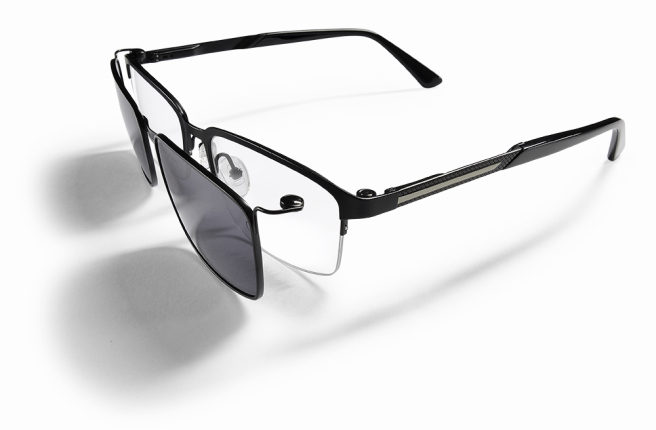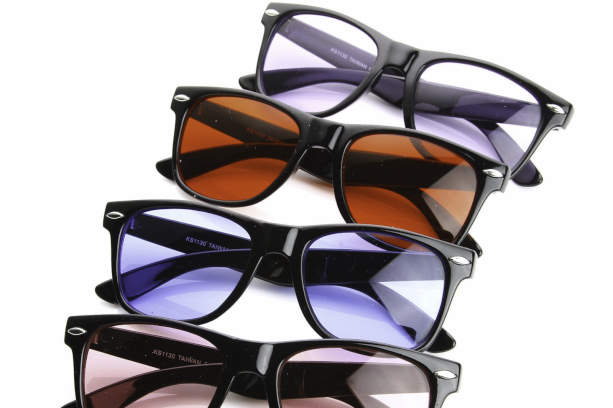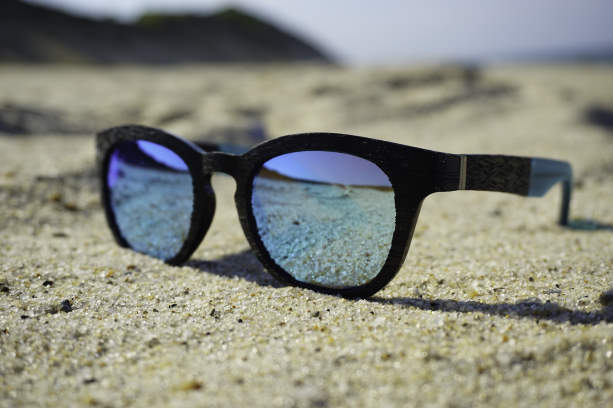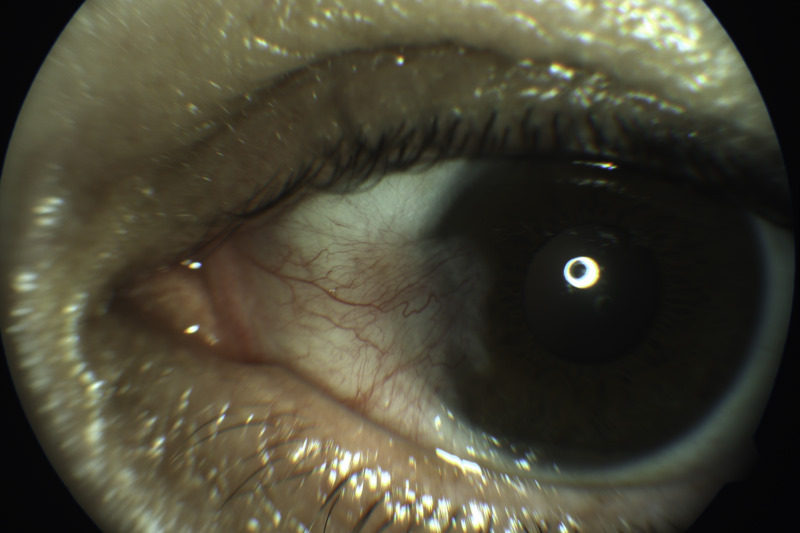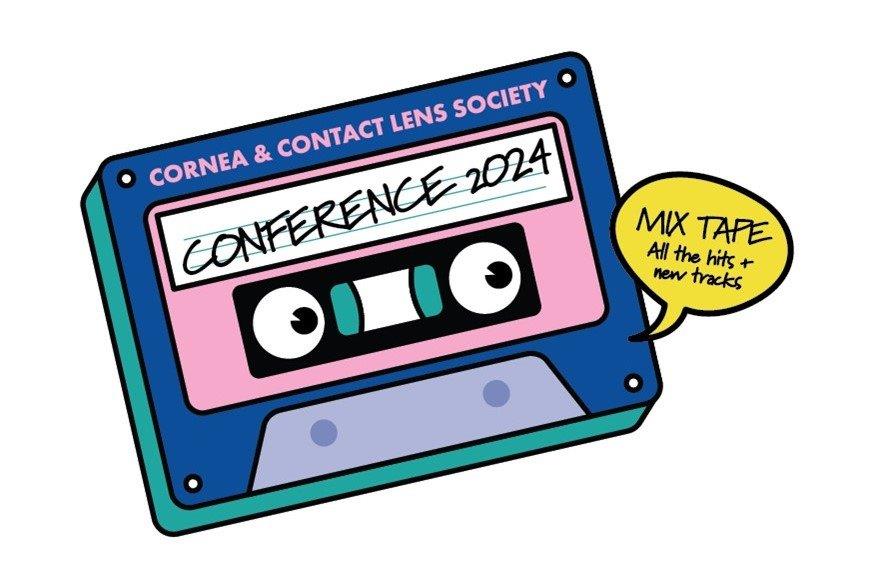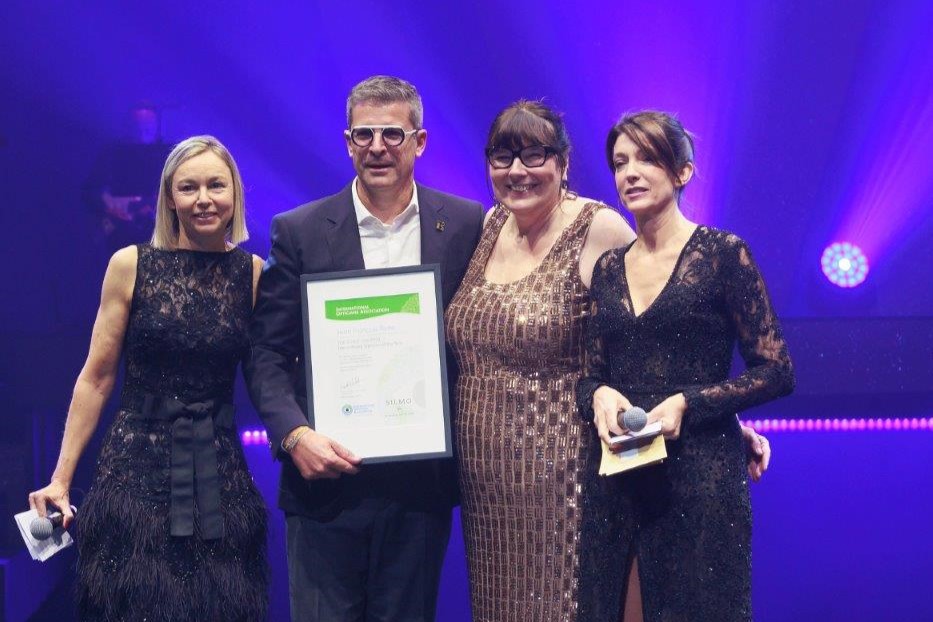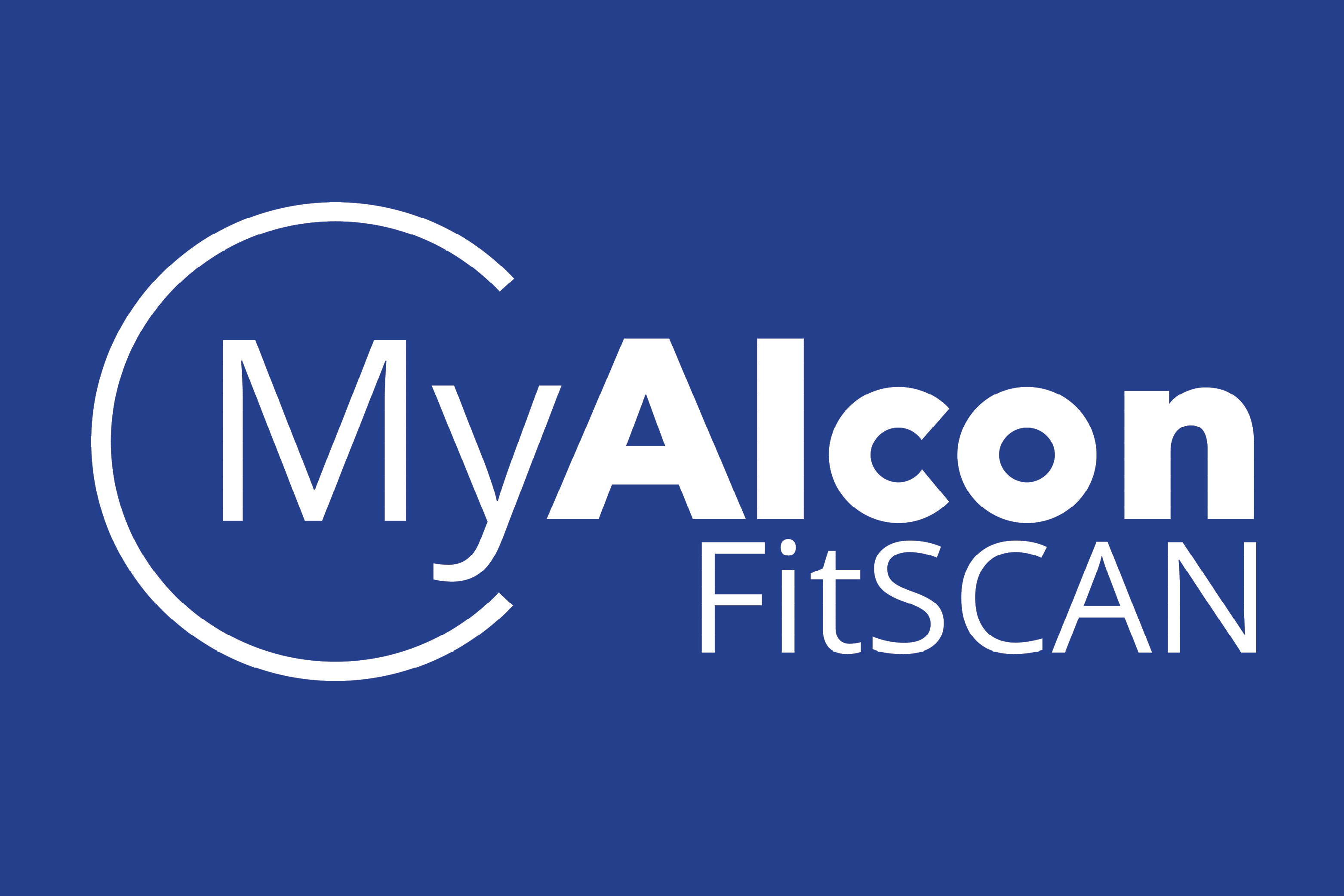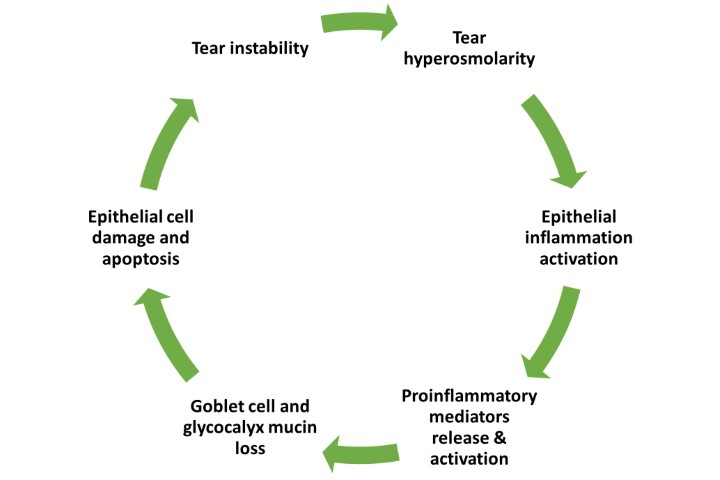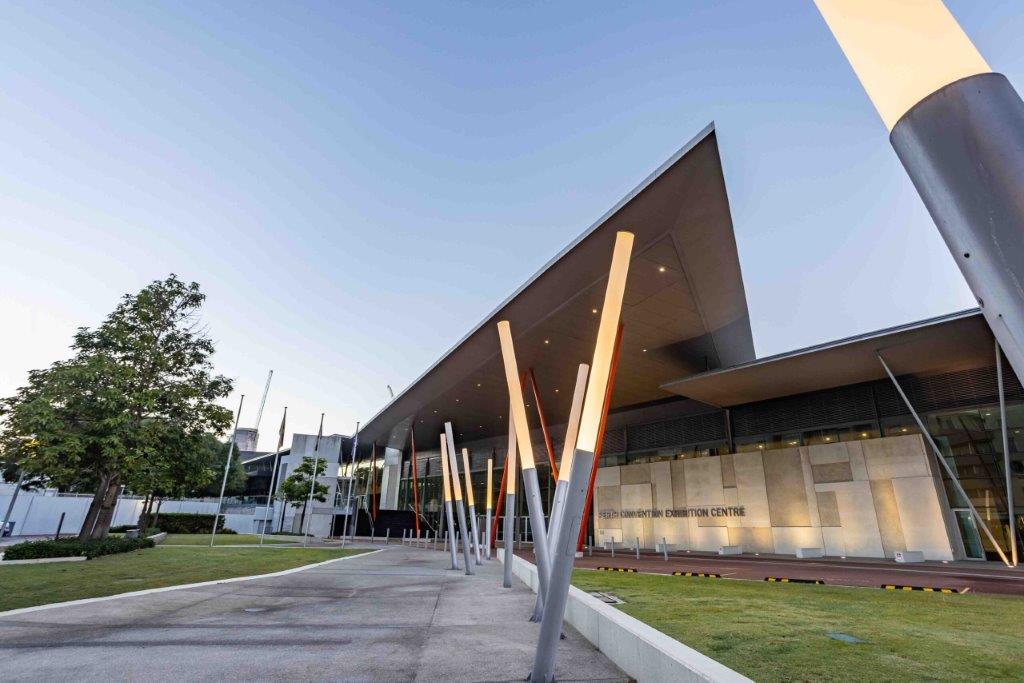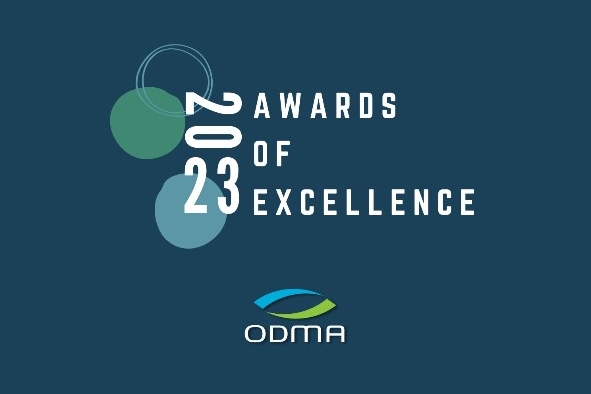Alcohol, IOP and glaucoma
With the holiday season fast approaching what should we be advising our glaucoma patients on alcohol consumption? Should we be advising them to dial back the summer partying?
Alcohol’s effect on IOP
Interestingly, studies have shown that drinking alcohol actually lowers intraocular pressure (IOP) immediately after consumption¹-³. This effect was seen both in patients with glaucoma and in healthy subjects. However, this effect is only short term with the IOP reduction lasting less than a few hours.
A study by Buckingham et al identified that IOP decreased on average around 3mmHg following acute ingestion of alcohol in healthy subjects, but normal values were restored after around 60 minutes¹. Giurlani et al also identified a significant reduction in IOP following acute ingestion in a group of glaucoma patients². There was no significant correlation between the amount of alcohol consumed and the fall in IOP, with relatively small amounts producing the same effect.
Proposed reasons for this acute decrease in IOP are debated but include the hyperosmotic activity and diuretic effect that alcohol has as well as possible decreased aqueous production due to the central inhibitory effects of alcohol¹-³. One study even suggested that alcohol may also increase blood flow to the optic nerve head – another mechanism thought to be protective against the development of glaucoma.
Given the potential harmful effects on general health of prolonged and/or excessive alcohol use, however, I would suggest resisting the temptation of advocating its use as a treatment to your glaucoma patients! Furthermore, a few studies suggest over time chronic daily alcohol use may actually lead to a slight increase in IOP, not to mention the risk of possible toxic optic neuropathy developing as well.
Remember also that the rapid intake of a large volume of any liquid can result in a rise in IOP (as seen with the water drinking test) so advising your glaucoma patients against consuming a large volume of alcohol (or any liquid) in a short space of time would be recommended.
Alcohol’s effect on glaucoma risk
Numerous large and extensive epidemiological studies have investigated the possible association between alcohol consumption and the risk of developing glaucoma. Almost all report no significant association, either positive or negative, between alcohol consumption and the development of glaucoma or alcohol’s effect on glaucoma progression-. Only one epidemiological study identified a positive association between alcohol consumption and glaucoma and, interestingly, there were even a few studies that reported alcohol may have a protective effect towards the development of primary open angle glaucoma and in ocular hypertension. Overall, we can safely say that the current evidence overwhelmingly points to alcohol not being a significant risk factor for glaucoma.
In conclusion
Based on current evidence, we can safely advise our patients that alcohol consumption (in moderation) does not increase intraocular pressure and will not result in worsening of their glaucoma. We can also conclude that alcohol consumption is not a risk factor for the development of glaucoma.
References:
- Buckingham T, Young R. The rise and fall of intra-ocular pressure: the influence of physiological factors. Ophthalmic Physiol Opt. 1986;6(1):95–9.
- Giurlani BP, Obie LG, Petersen CG, et al. Alcohol and open angle glaucoma–influence on detection, IOP, BP/IOP ratios. J Am Opt Assoc. 1978;49(4):409–16.
- Leydhecker W, Krieglstein GK, Uhlich E. Experimental investigations on the mode of action of alcoholic liquor on the IOP. Klin Monbl Augenheilkd. 1978;173(1):75-9
- Ramdas WD, Wolfs RC, Hofman A, et al. Lifestyle and risk of developing open-angle glaucoma: the Rotterdam study. Arch Ophthalmol. 2011;129(6):767–72.
- Klein BE, Klein R, Ritter LL. Relationship of drinking alcohol and smoking to prevalence of open-angle glaucoma. The Beaver Dam Eye Study. Ophthalmology. 1993;100(11):1609–13.
- Kang JH, Willett WC, Rosner BA, et al Prospective study of alcohol consumption and the risk of primary open-angle glaucoma. Ophthalmic Epidemiol. 2007;14(3):141–7.
- Xu L, You QS, Jonas JB. Prevalence of alcohol consumption and risk of ocular diseases in a general population: the Beijing Eye Study. Ophthalmology. 2009;116(10):1872–9.
- Renard JP, Ruland JF, Bron A, et al. Nutritional, lifestyle and environmental factors in OHT and POAG. Acta Ophthalmol 91(6):505-13
- Doshi V; Ying-Lai M, Azen SP, et al. Sociodemographic, family and lifestyle factors for OAG. The LA Latino Eye Study. Ophthalmol. 2008; 115(4):639-647.
Dr Hussain Patel specialises in glaucoma and cataract surgery. He is a consultant ophthalmologist at Greenlane Clinical Centre, a senior lecturer in ophthalmology at the University of Auckland and works in private practice at Eye Surgery Associates, Auckland.











